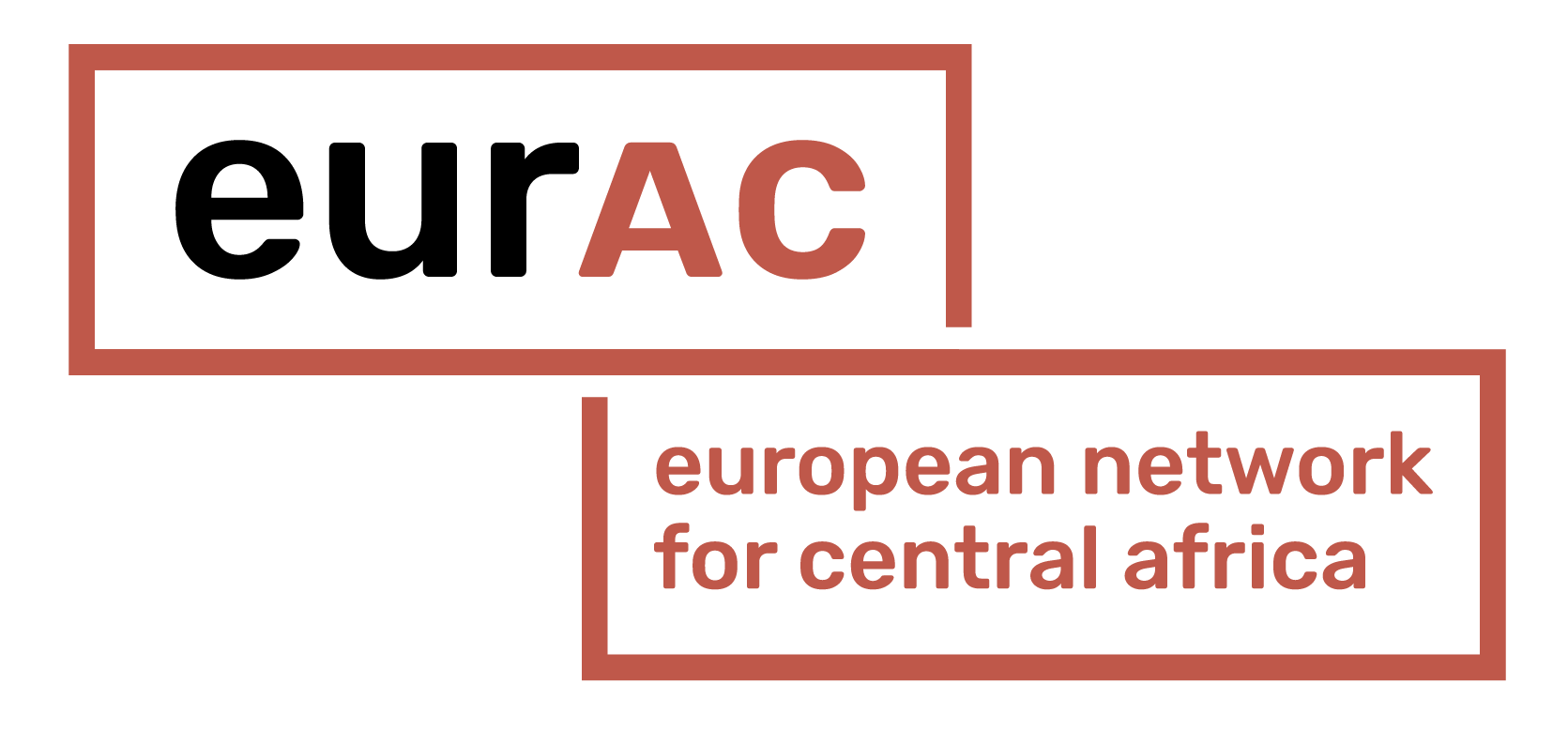JOINT POLICY NOTE - Ensuring the proper implementation of the EU Regulation on the responsible sourcing of minerals from conflict-affected and high-risk areas
The extraction, transport, and trade of minerals have been linked to conflict, corruption, and human rights abuses for decades. The minerals trade has financed armed groups, bankrolled oppressive security forces, facilitated money laundering and corruption, and allowed companies to benefit from serious human rights abuses, like child labour, land-grabbing, and forced evictions. As the world faces climate change, increasing populations and diminishing resources, global supply chains are under increased scrutiny. Whether examining their carbon footprint or links to corruption or other issues, it is clear that many of our supply chains are broken and systemic changes are needed to reform them. This is a global problem that affects us all, and more so communities in producing and trading nations like Peru, Colombia, Mexico, Afghanistan, Myanmar, Ghana, the Central African Republic, and the Democratic Republic of the Congo.With the adoption of the European Regulation for the responsible sourcing of tin, tantalum, tungsten and gold (3TG) from conflict-affected and high-risk areas (‘the Regulation’) the European Union (EU) has taken an important step to disrupt the links between global mineral production and trading and human rights abuses, conflict and corruption.The Regulation, which came into force in June 2017, imposes a due-diligence obligation on European importers of 3TG ores and metals sourced from conflict-affected and high-risk areas anywhere in the world. While most provisions included in the Regulation will take effect from the 1st January 2021, steps are already being taken by the European Commission and EU Member States to prepare the ground.
This note provides a critical assessment of the state of implementation of the Regulation, and addresses recommendations to the Commission and Member States to duly fulfil their obligations under the Regulation.
Click here to read the policy note.

